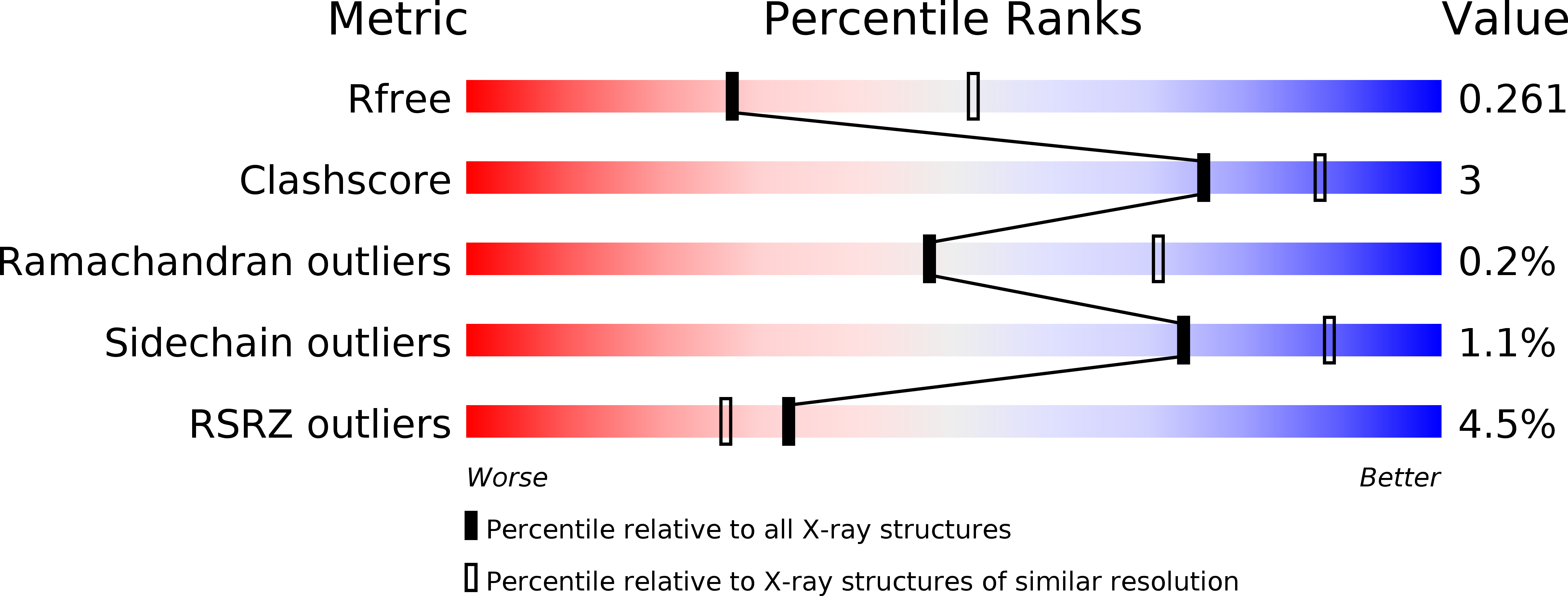
Deposition Date
2014-11-17
Release Date
2014-12-17
Last Version Date
2024-11-20
Entry Detail
Biological Source:
Source Organism:
Human immunodeficiency virus type 1 group M subtype B (Taxon ID: 11698)
Homo sapiens (Taxon ID: 9606)
Homo sapiens (Taxon ID: 9606)
Host Organism:
Method Details:
Experimental Method:
Resolution:
2.60 Å
R-Value Free:
0.25
R-Value Work:
0.21
R-Value Observed:
0.21
Space Group:
P 21 21 21


